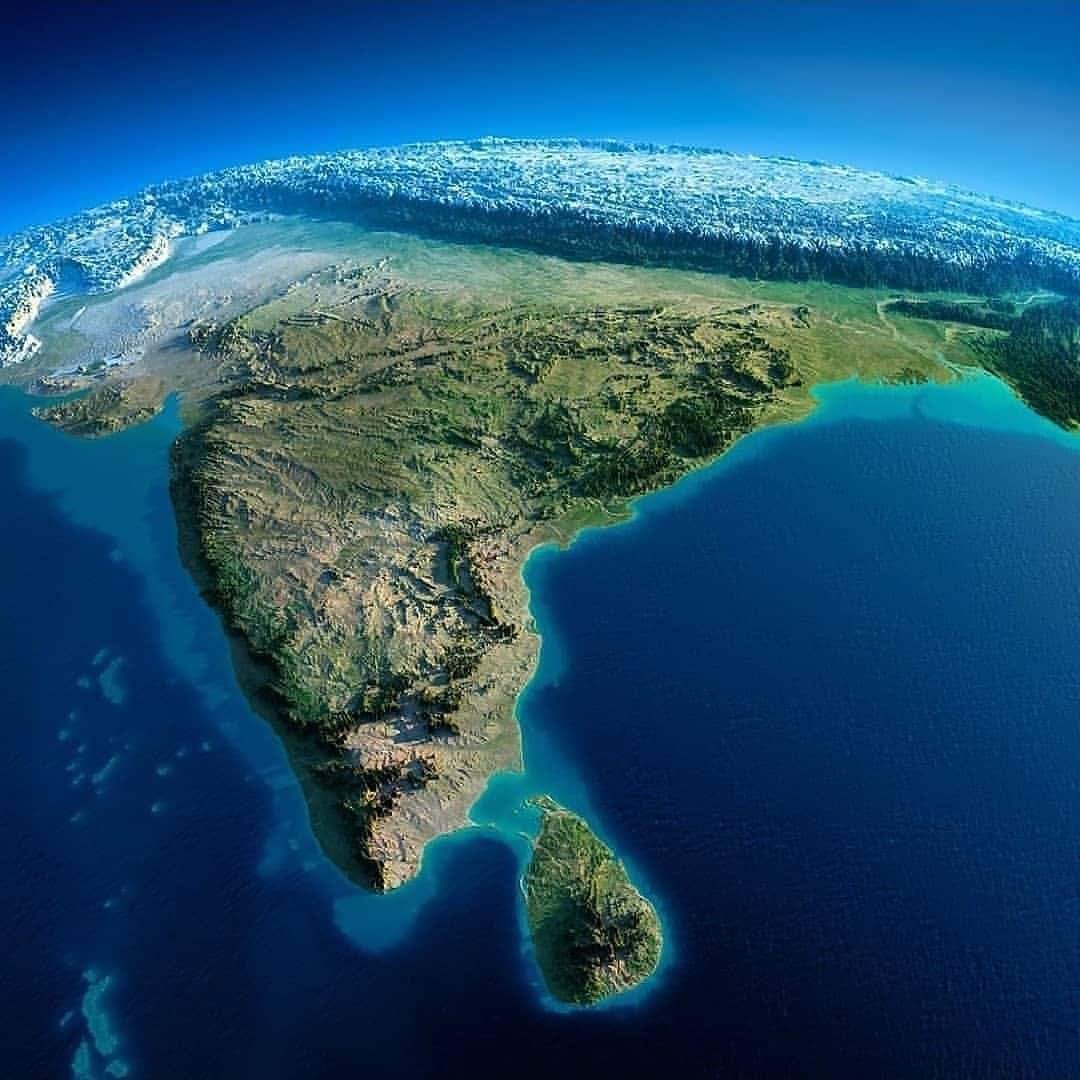India, often referred to as a subcontinent due to its vast and varied geographical features, is a land of incredible diversity. From the towering Himalayas in the north to the lush tropical forests of the south, India’s geography shapes its climate, culture, and natural beauty. In this blog post, we’ll embark on a journey to explore the Geography of India, uncovering its diverse landscapes and their influence on the country’s rich tapestry of traditions and ecosystems.
Physical Features
The Himalayan Range:
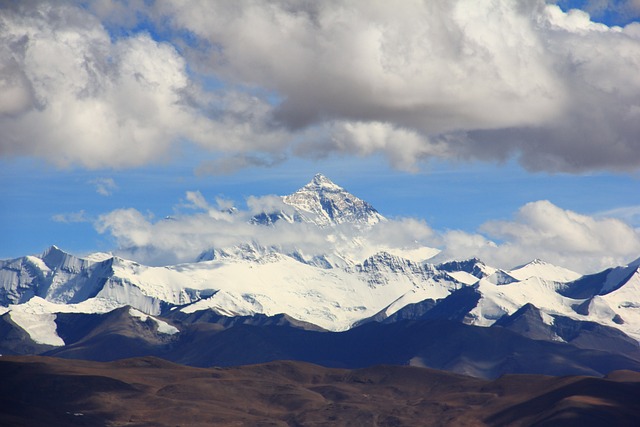
India’s northern border is dominated by the Himalayas, the world’s highest mountain range. Notable peaks include Mount Everest, Kanchenjunga, and Nanda Devi. The Himalayas provide a natural barrier and influence the climate of the entire subcontinent.
Read More: Top Places To Visit In India With A View Above The Clouds
The Indo-Gangetic Plain:
South of the Himalayas lies the vast Indo-Gangetic Plain, one of the most fertile regions in the world. It is home to major rivers like the Ganges, Yamuna, and Brahmaputra, which provide water for agriculture and sustain millions of lives.
Western and Eastern Ghats:

Along India’s western and eastern coasts are the Western and Eastern Ghats. These mountain ranges are known for their biodiversity and lush forests. The Western Ghats are a UNESCO World Heritage Site.
Read More: Best Natural Places To Visit in Monsoon in India
Thar Desert:
In the northwestern region of India lies the Thar Desert, characterized by its arid landscapes and dunes. Despite its challenging environment, the desert is home to a diverse range of flora and fauna that have adapted uniquely to thrive in these conditions.
Plateaus:
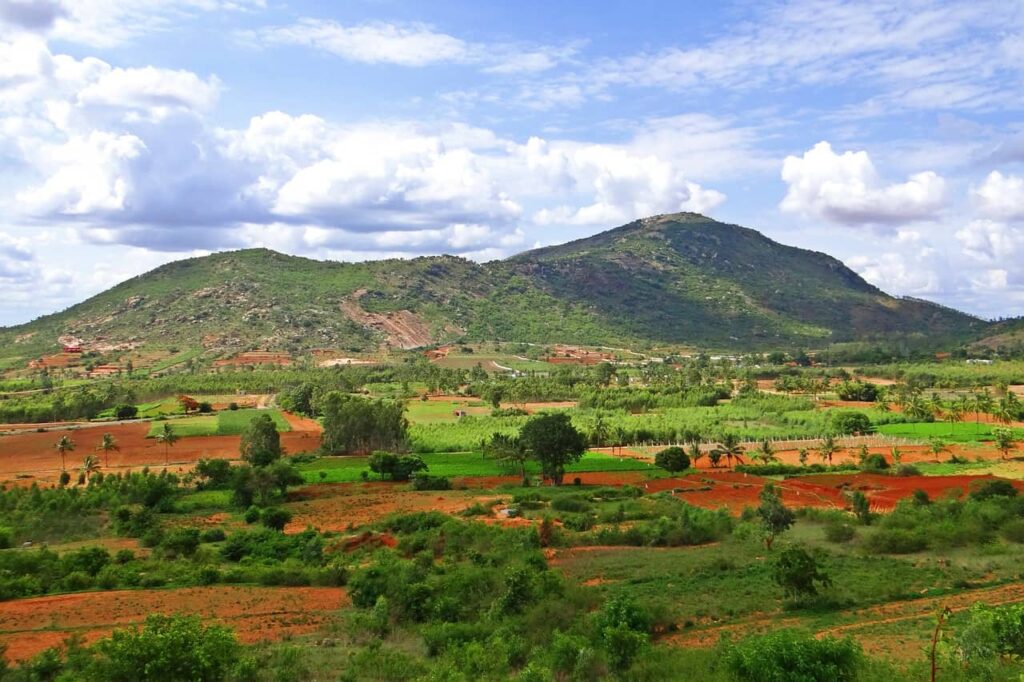
Central India is marked by vast plateaus, such as the Deccan Plateau. These areas have diverse landscapes and are often rich in minerals.
Climate Zones
Tropical Climate:
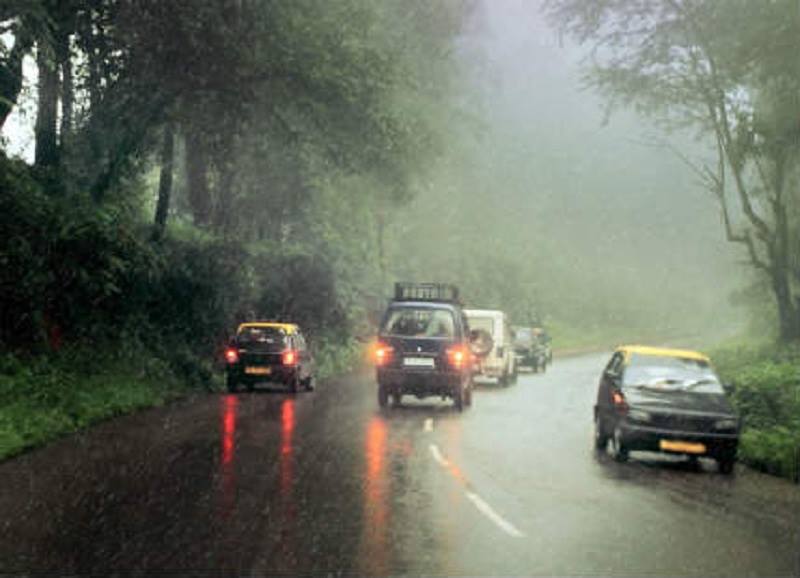
Southern India experiences a tropical climate with high temperatures and heavy rainfall during the monsoon season. This region is known for its lush forests, tea and coffee plantations, and coastal beauty.
Arid Climate:
The northwestern parts, including the Thar Desert, have an arid climate with scorching temperatures and minimal rainfall. Rajasthan, in particular, is known for its desert landscapes.
Read More: Marvels of Nature: Top 10 Highest Waterfalls in India
Temperate Climate:
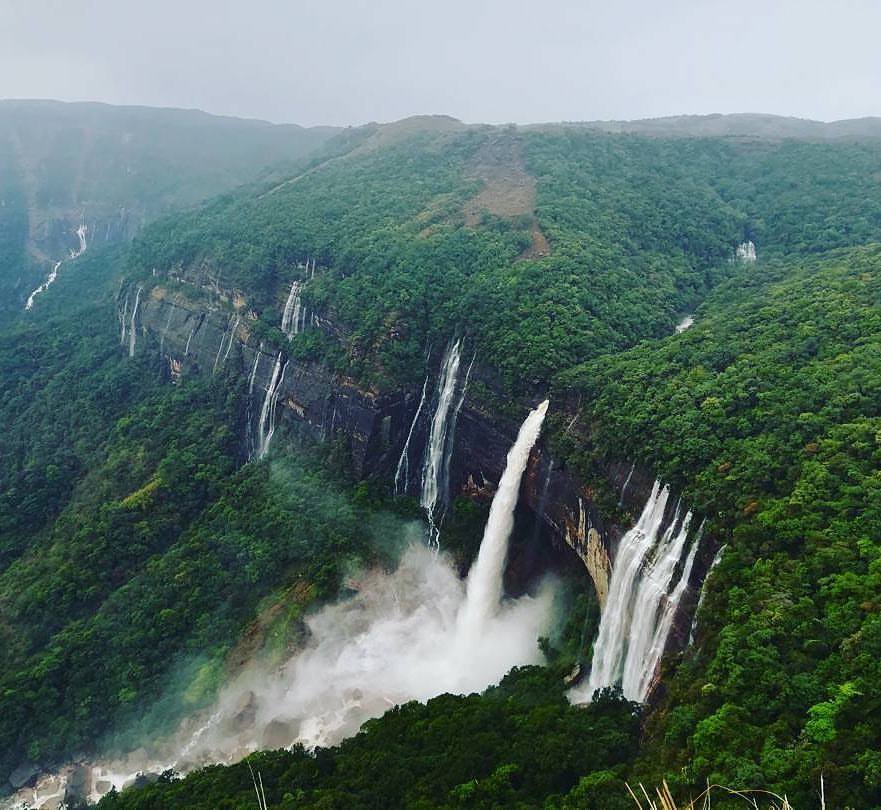
The northern plains, foothills of the Himalayas, and parts of northeastern India enjoy a temperate climate with distinct seasons, including hot summers and cold winters.
Natural Wonders
The Sundarbans:
Located in the delta of the Ganges, Brahmaputra, and Meghna rivers, the Sundarbans is the largest mangrove forest in the world and a UNESCO World Heritage Site. It’s home to the Bengal tiger and unique aquatic life.
Read More: The 11 Most Sacred Rivers of India
Valley of Flowers:
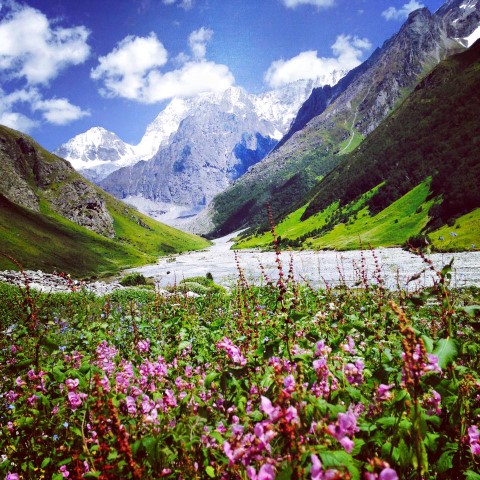
The Valley of Flowers is a picturesque national park located in the western Himalayas of Uttarakhand, India. This site recognized by UNESCO as a World Heritage boasts striking alpine meadows, a rich tapestry of diverse and vibrant flora, and awe-inspiring landscapes.
The Backwaters of Kerala:
Kerala’s backwaters are a network of serene lagoons, lakes, and canals that offer a unique and tranquil way to explore the region.
Read More: 11 Best Winter Destinations in Kerala
The Andaman and Nicobar Islands:

Renowned for its unspoiled beaches, vibrant coral reefs, and dense rainforests, this isolated archipelago in the Bay of Bengal stands as a testament to natural beauty. It’s a paradise for divers and nature enthusiasts.
Cultural Significance
Ganges River:

The Ganges, considered sacred by Hindus, play a central role in Indian culture and spirituality. Cities like Varanasi and Haridwar on its banks are important pilgrimage sites.
Read More: Top 10 National Parks to Explore in India
Indus Valley Civilization:
The Indus Valley, located in present-day Pakistan, was one of the world’s earliest urban civilizations. Its ancient cities, like Mohenjo-Daro and Harappa, have historical and archaeological significance.
Conclusion
The geography of India is a tapestry of diverse landscapes, climates, and natural wonders. From the towering Himalayas to the sun-kissed beaches of the Andaman Islands, each region contributes to India’s rich cultural heritage and ecological diversity. Exploring the Geography of India is like embarking on a journey through time and nature, revealing the incredible stories that have shaped this subcontinent for millennia.
